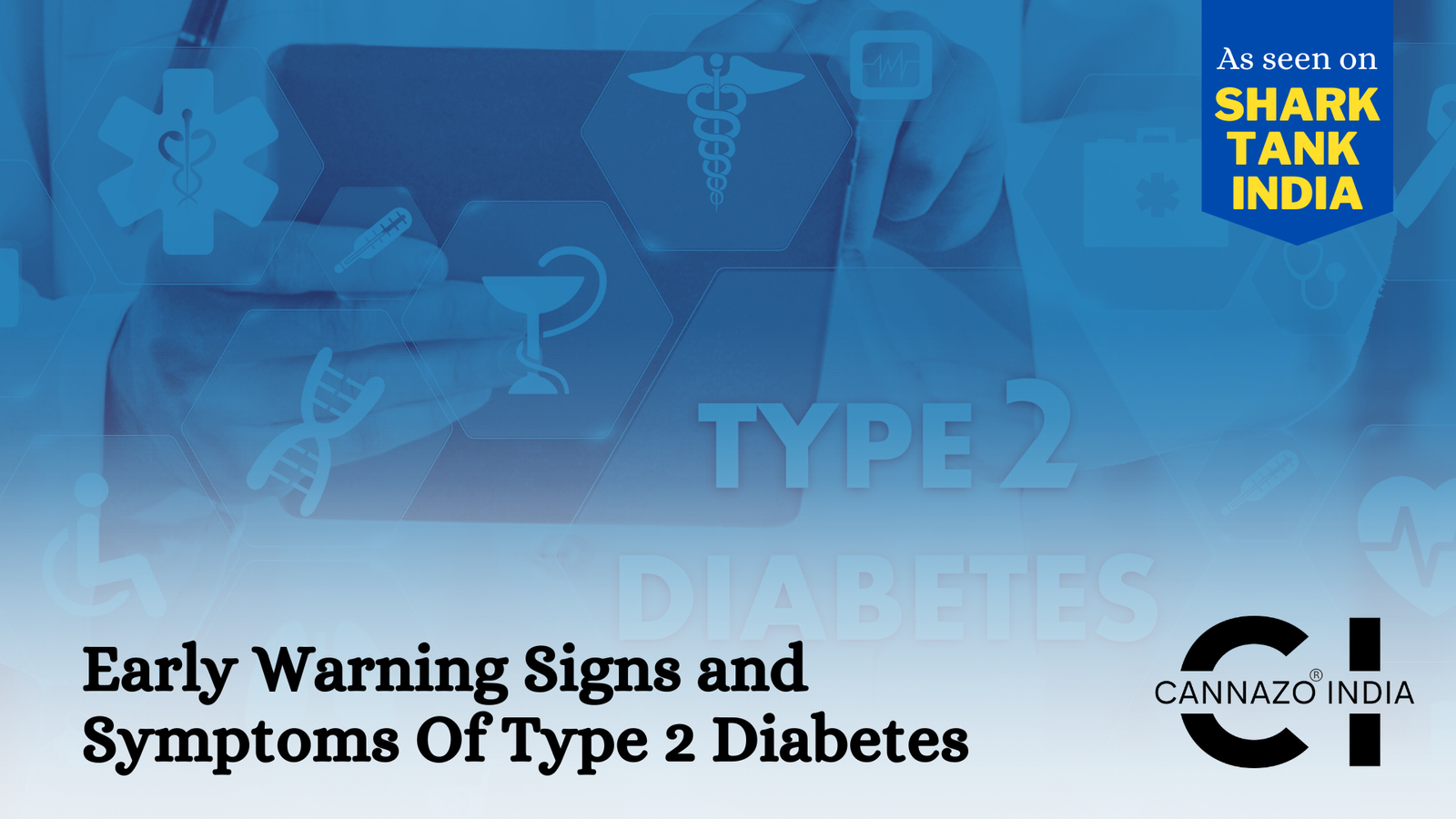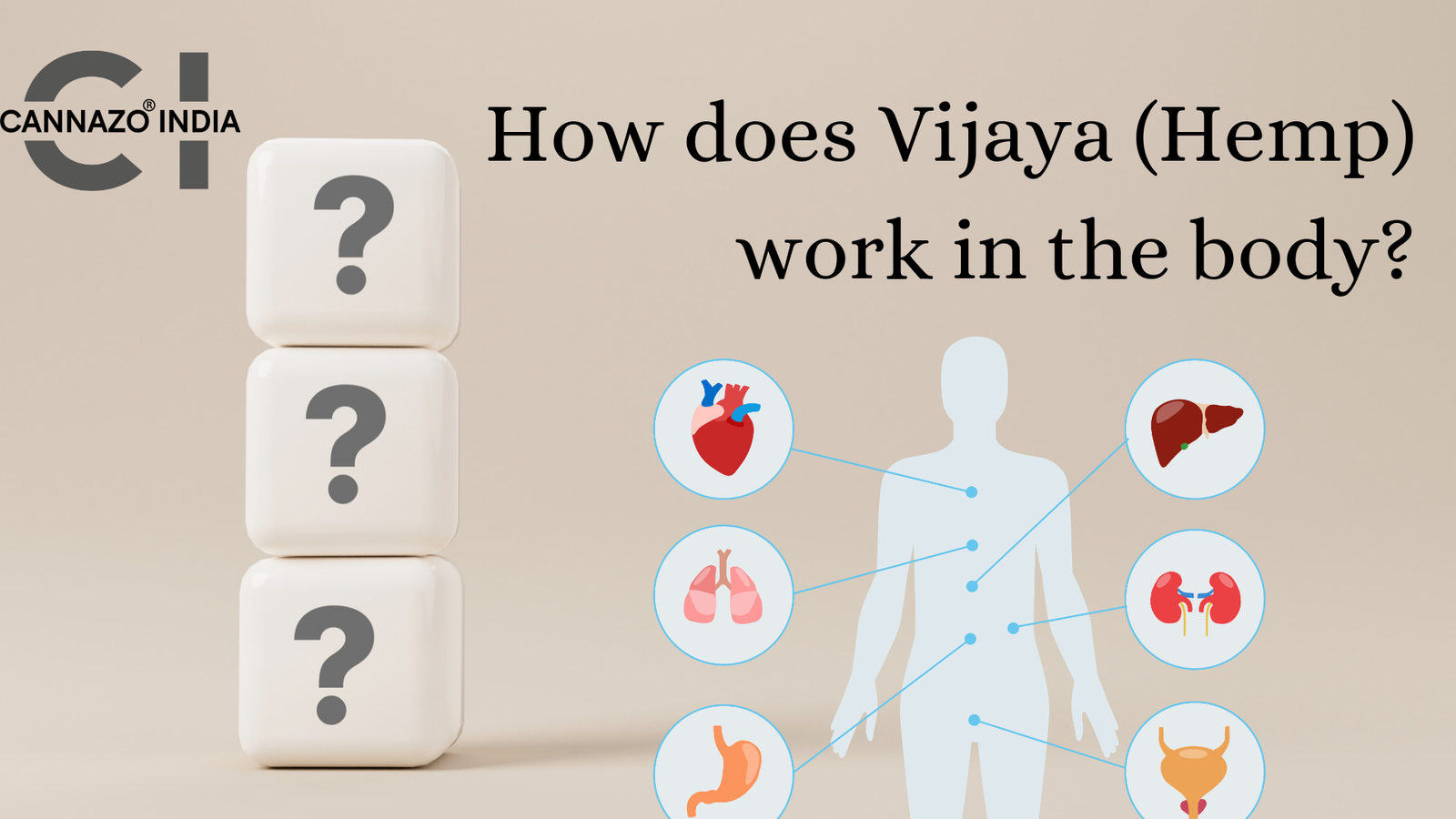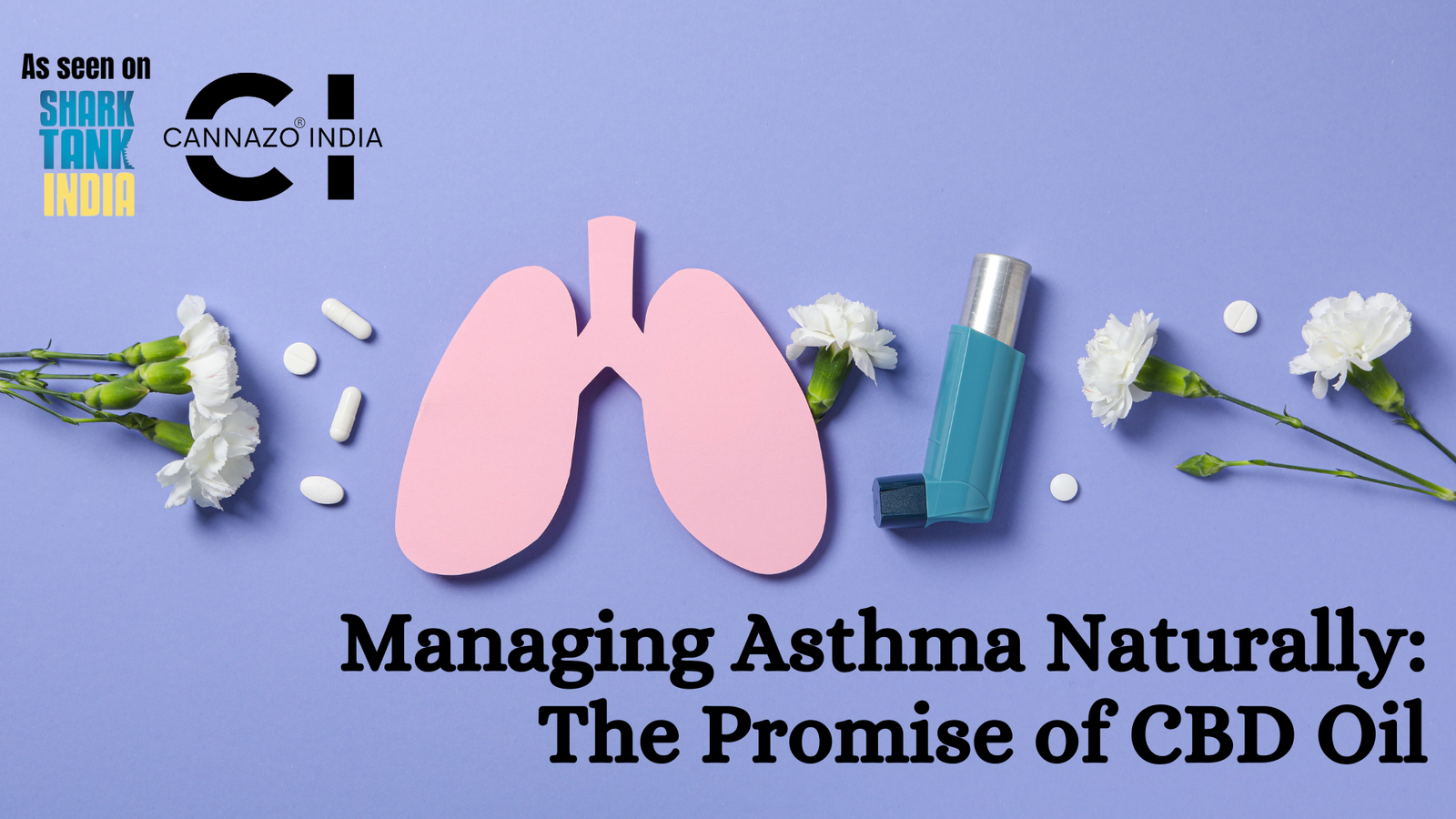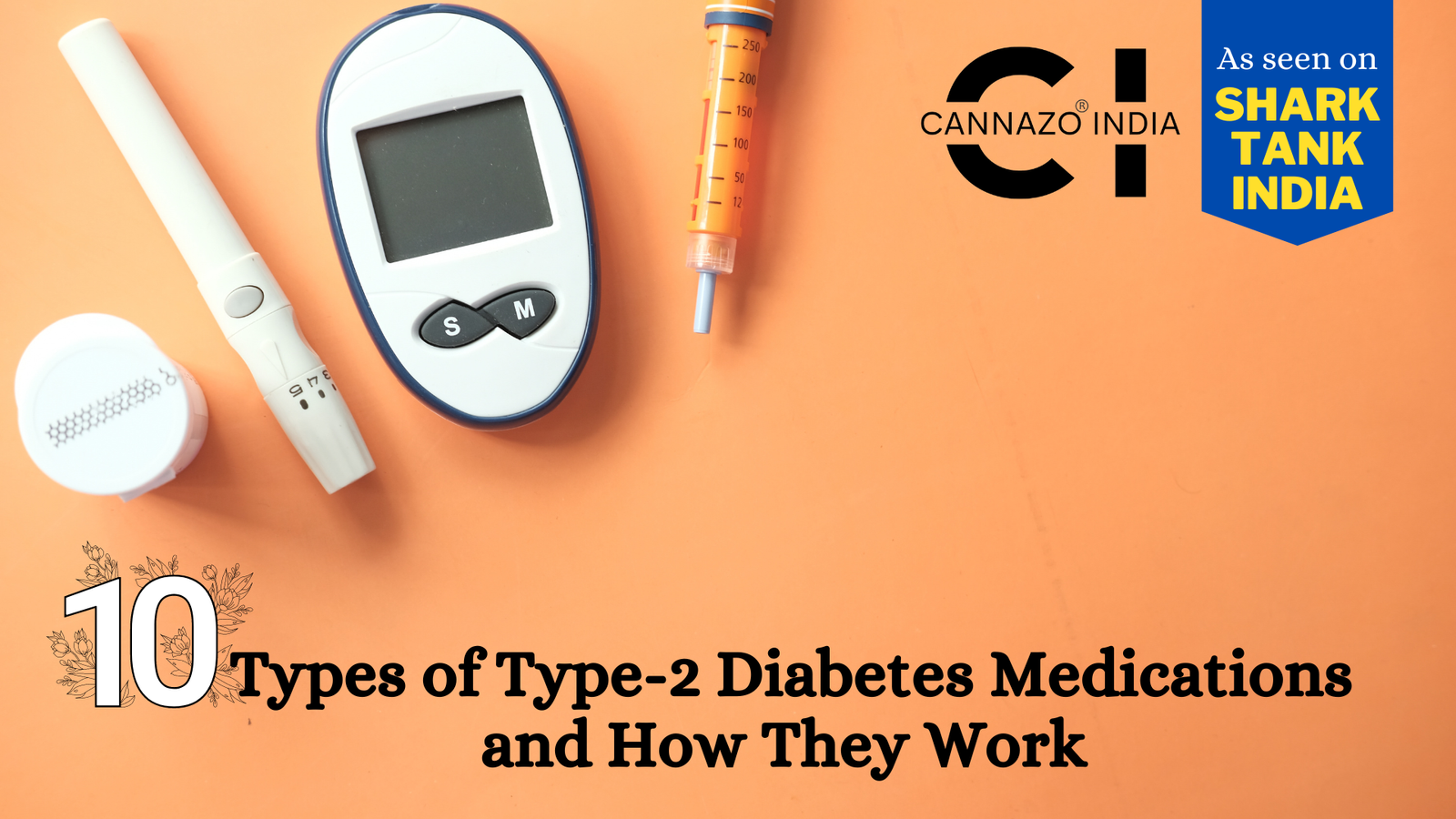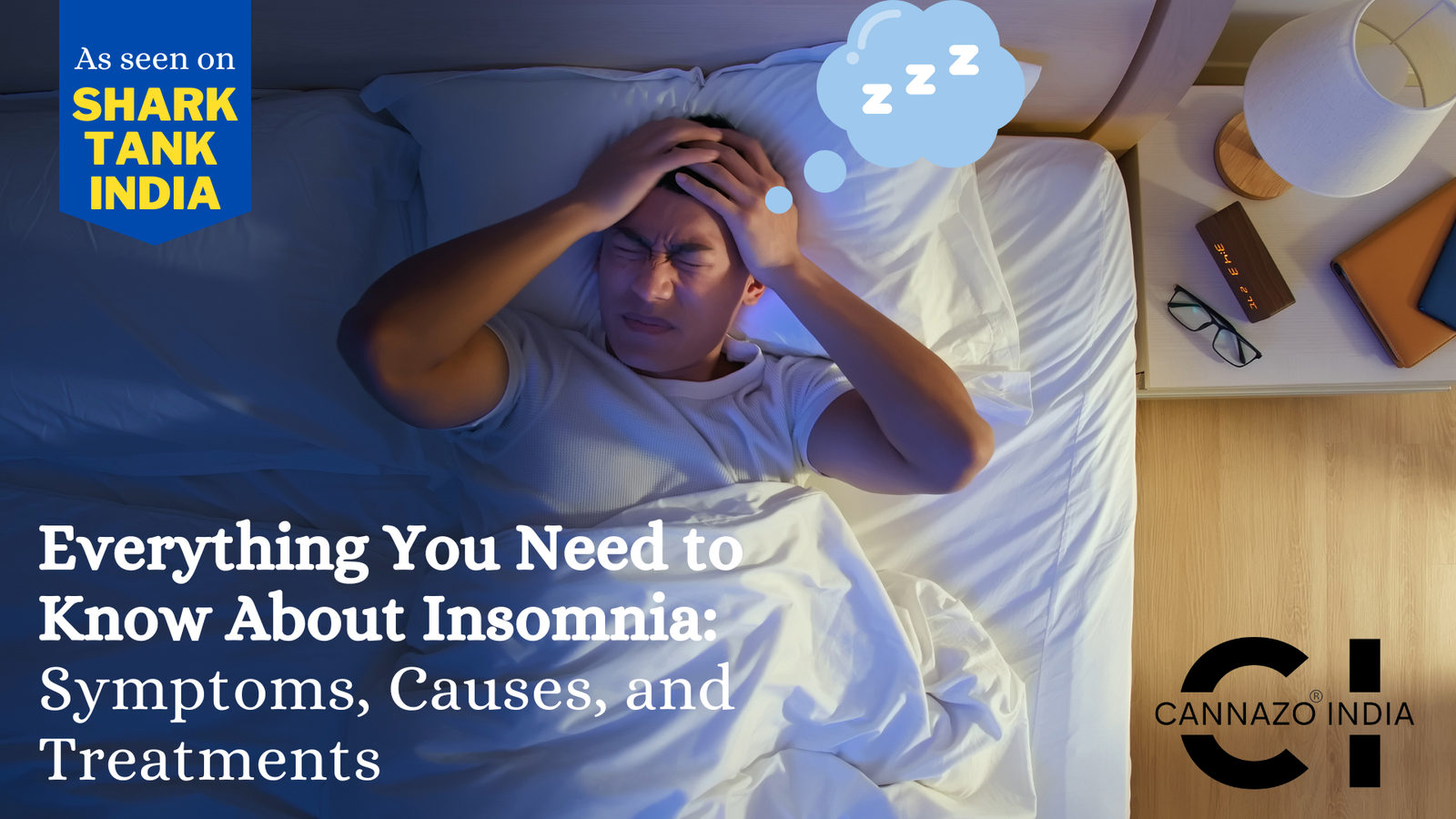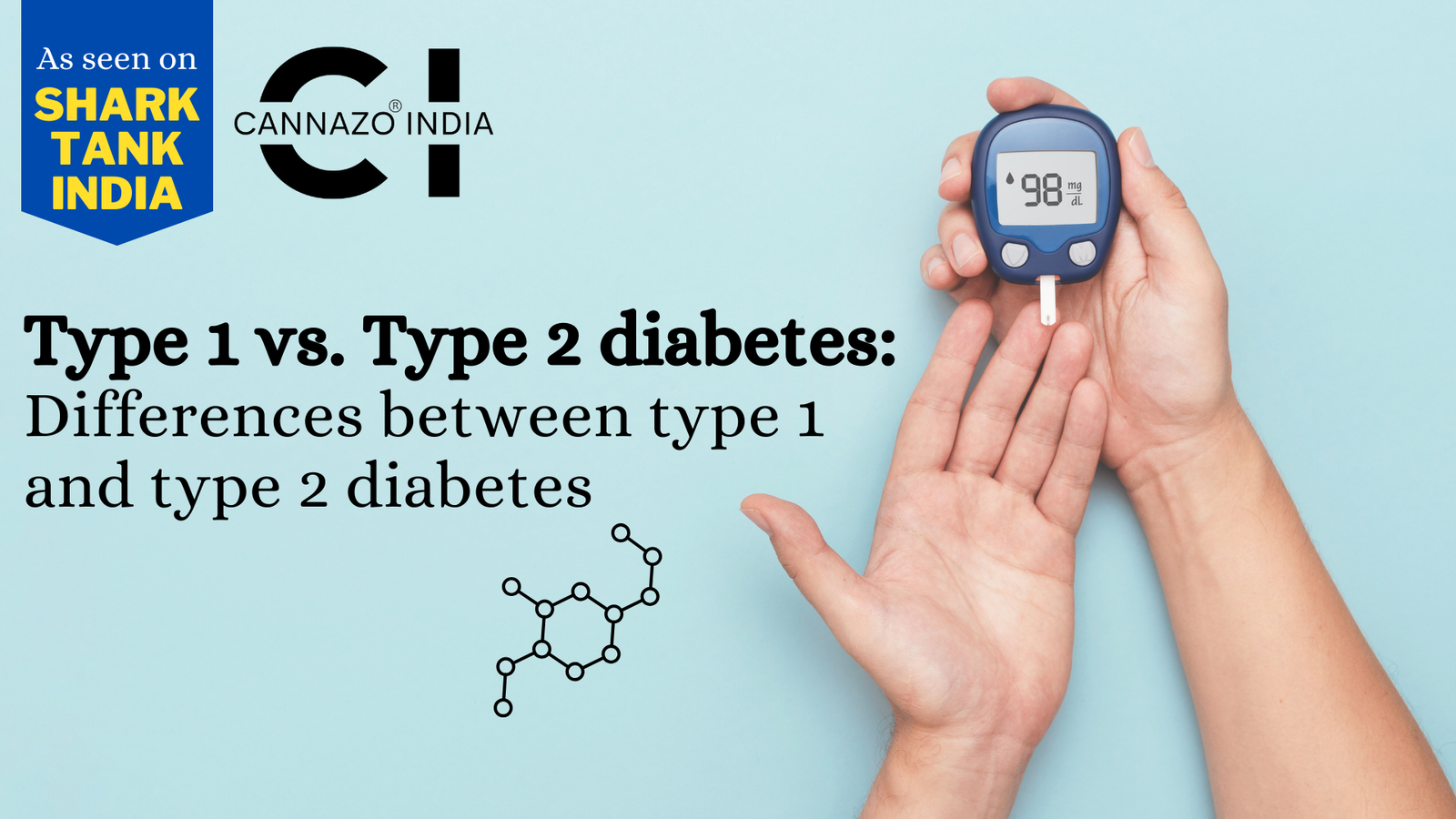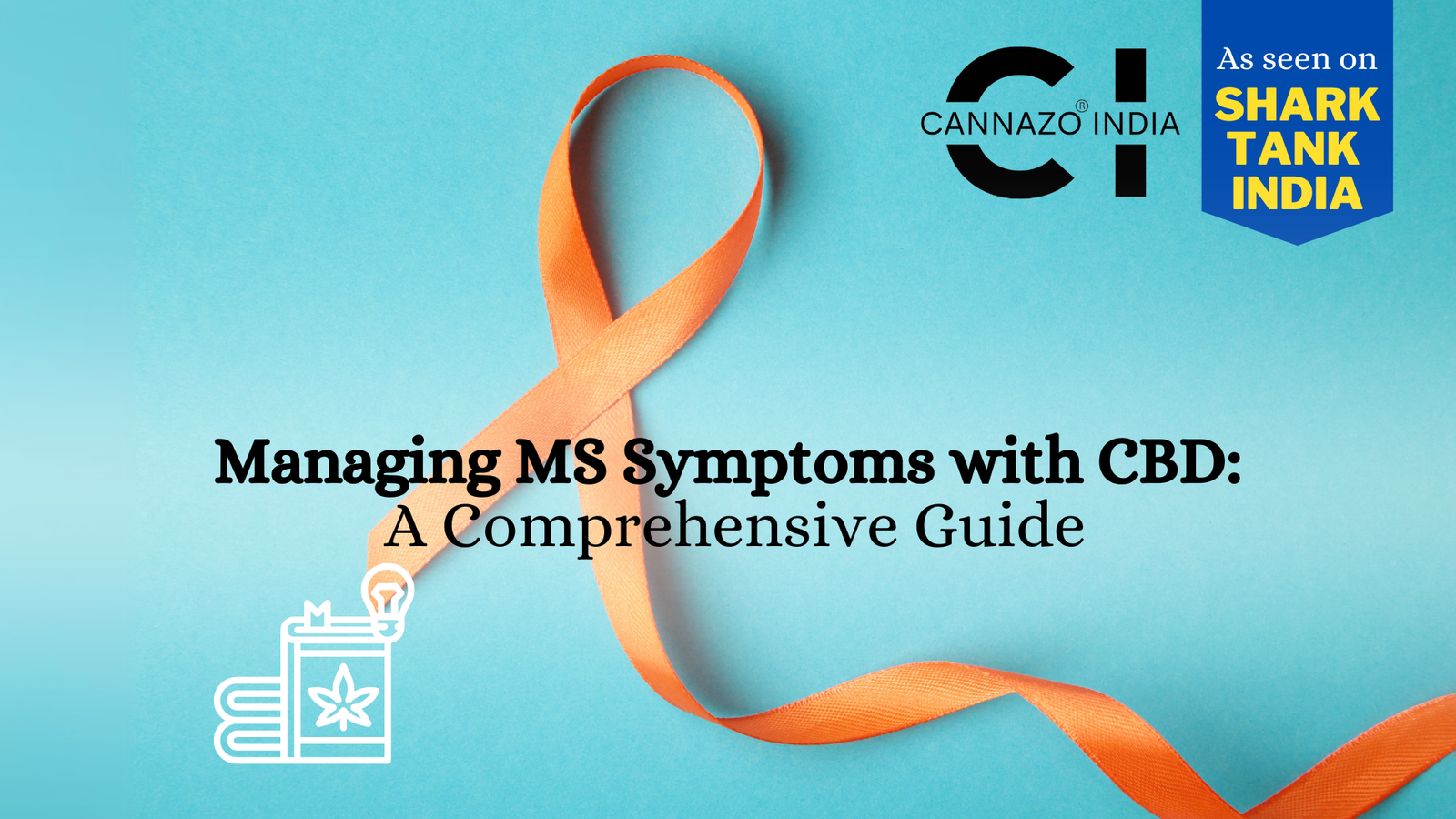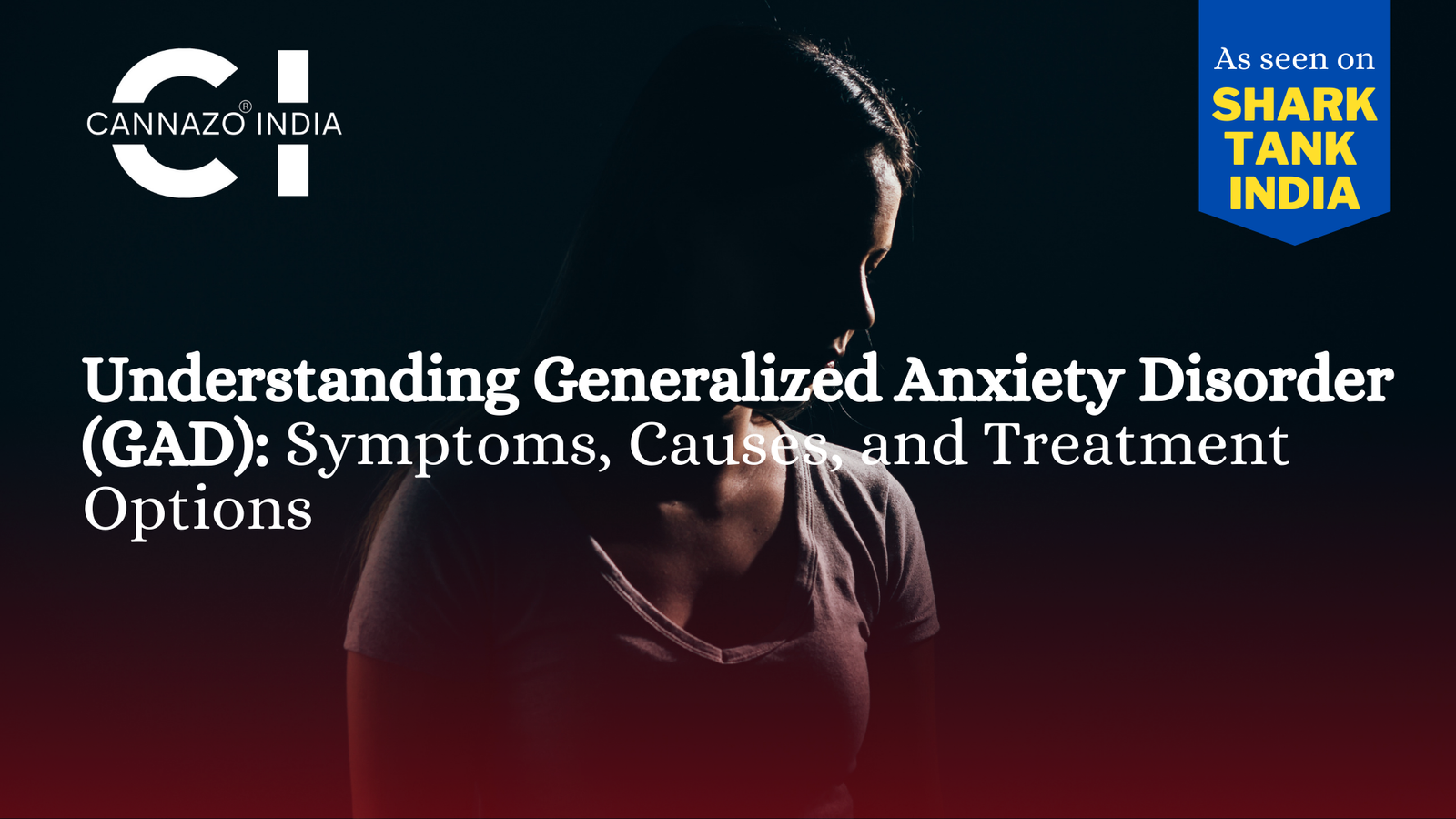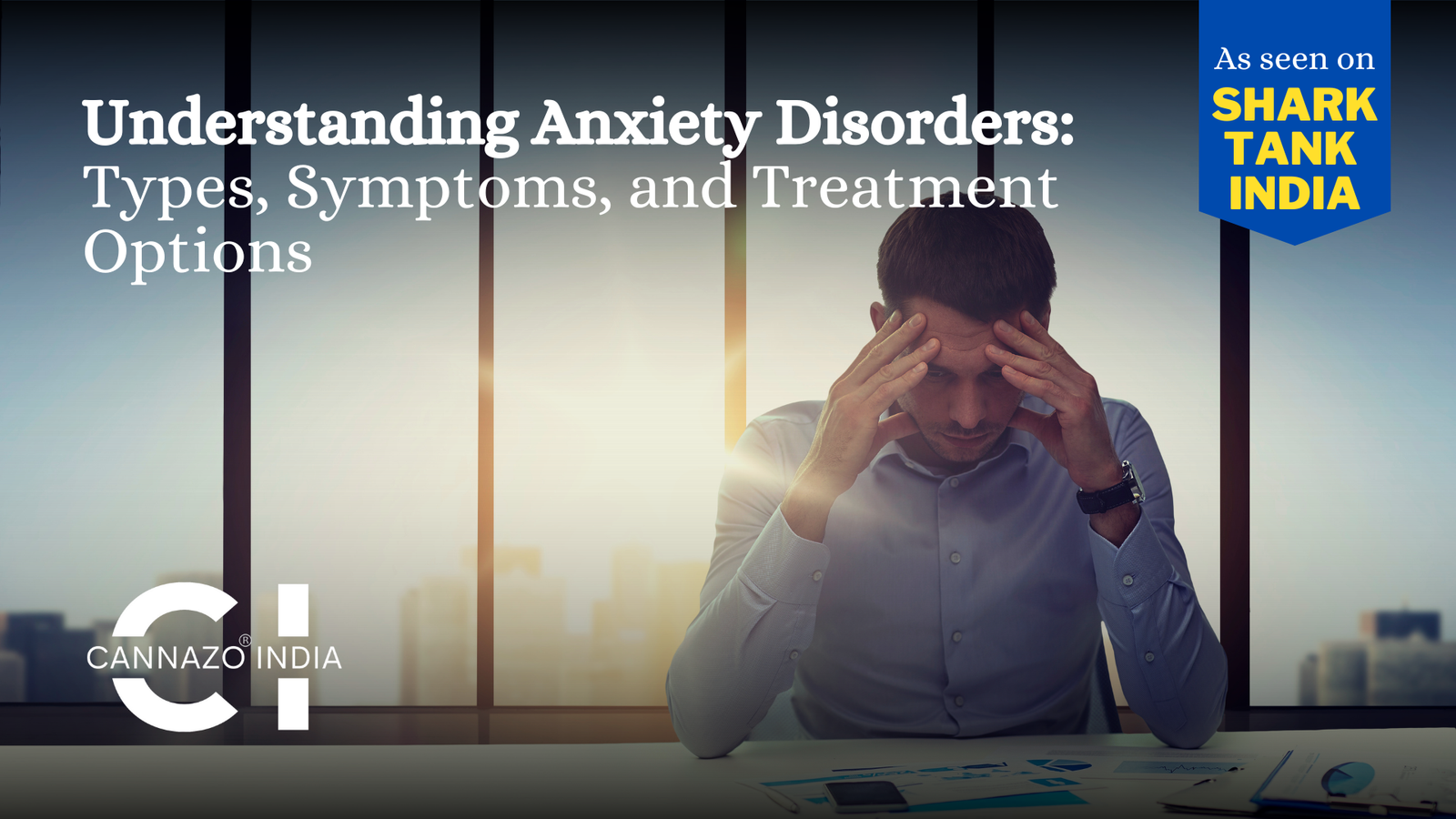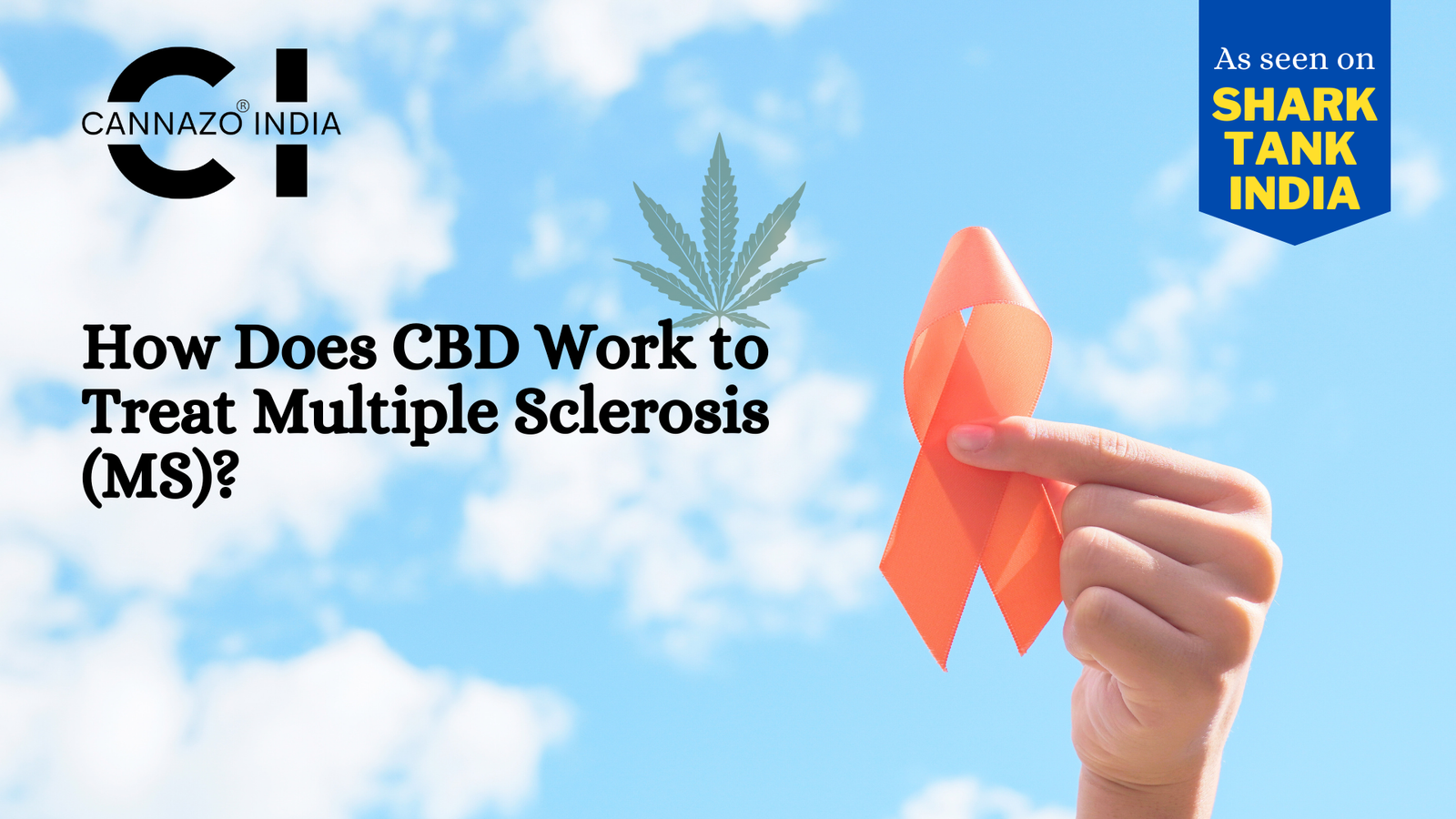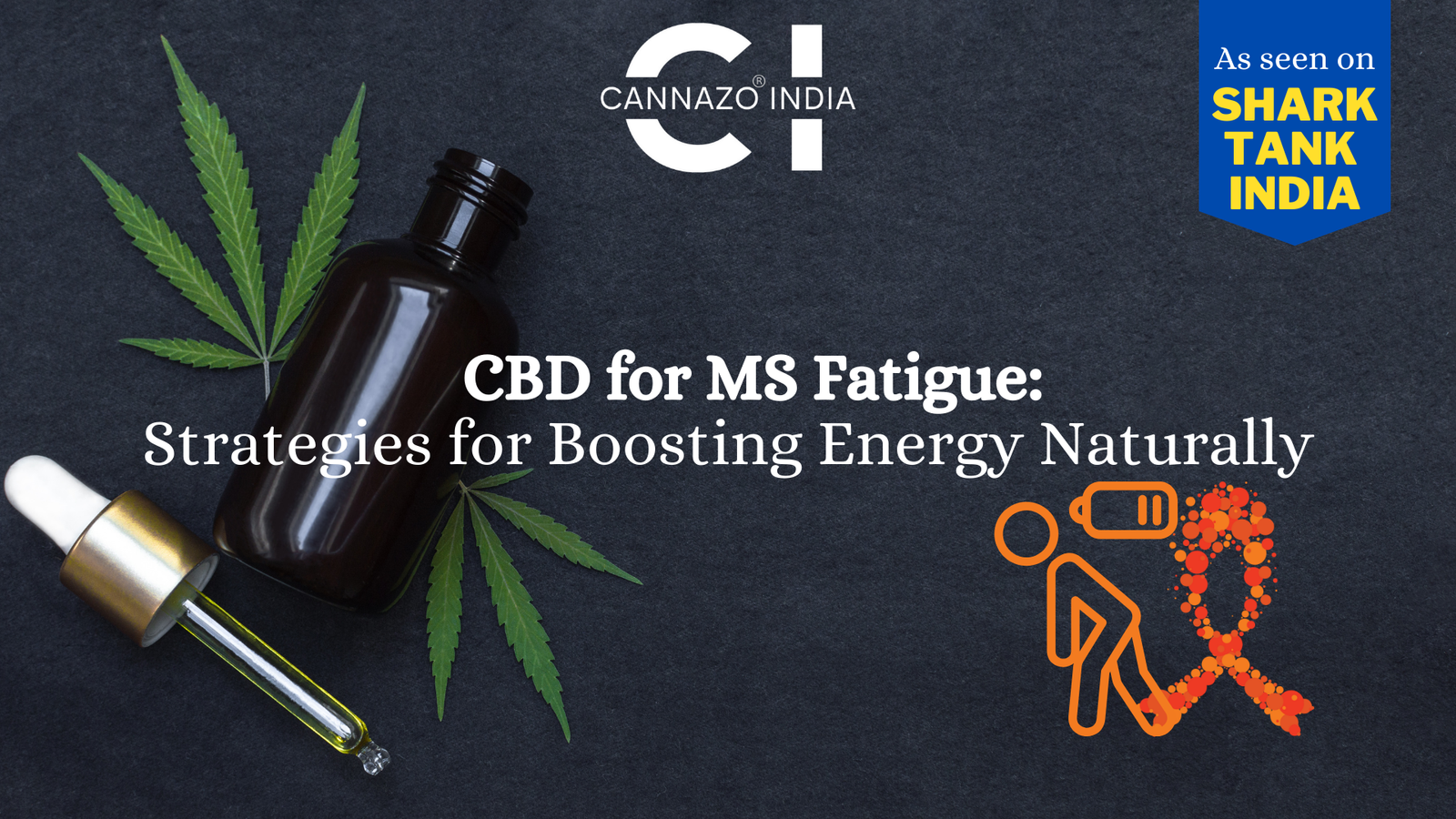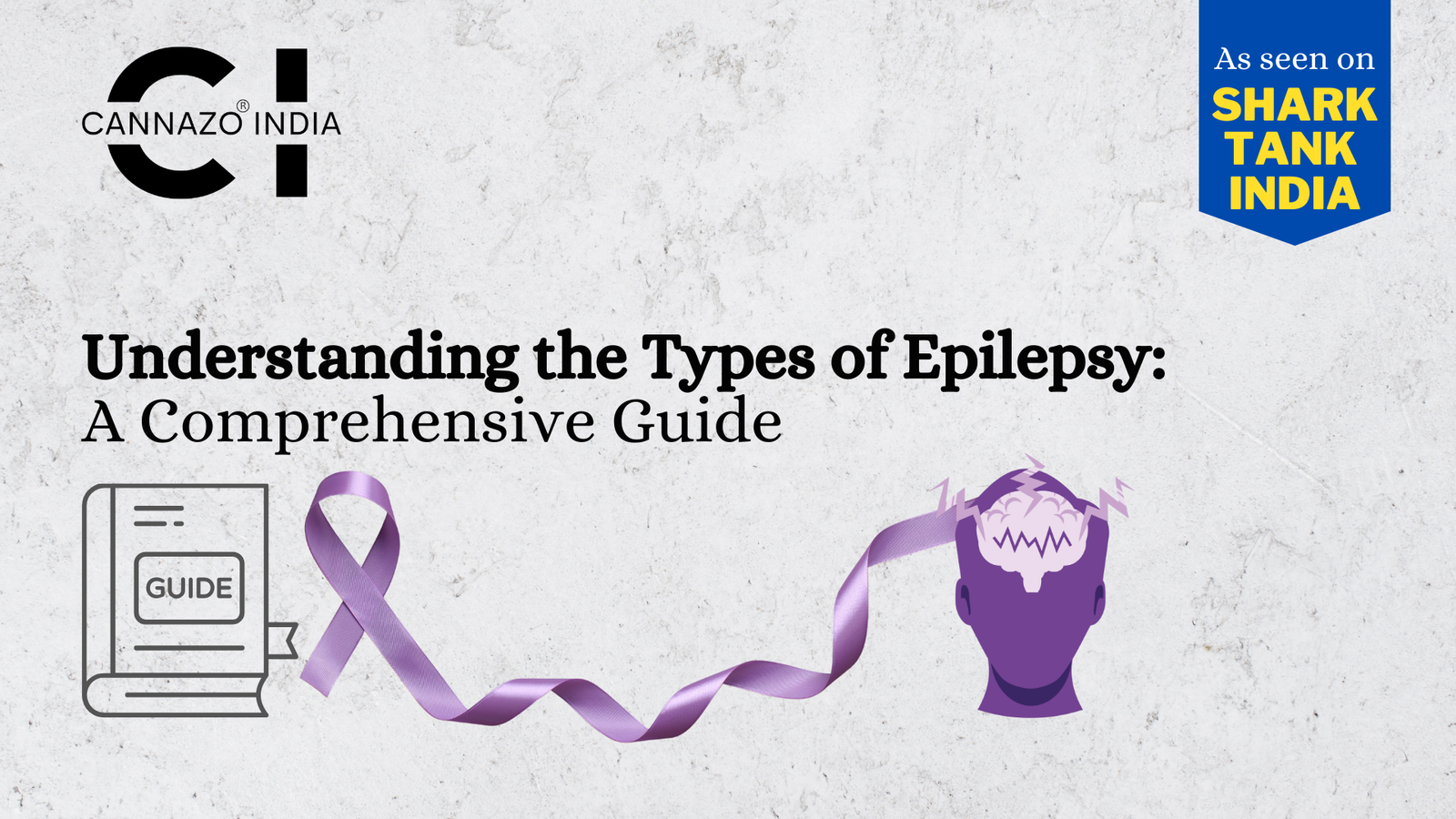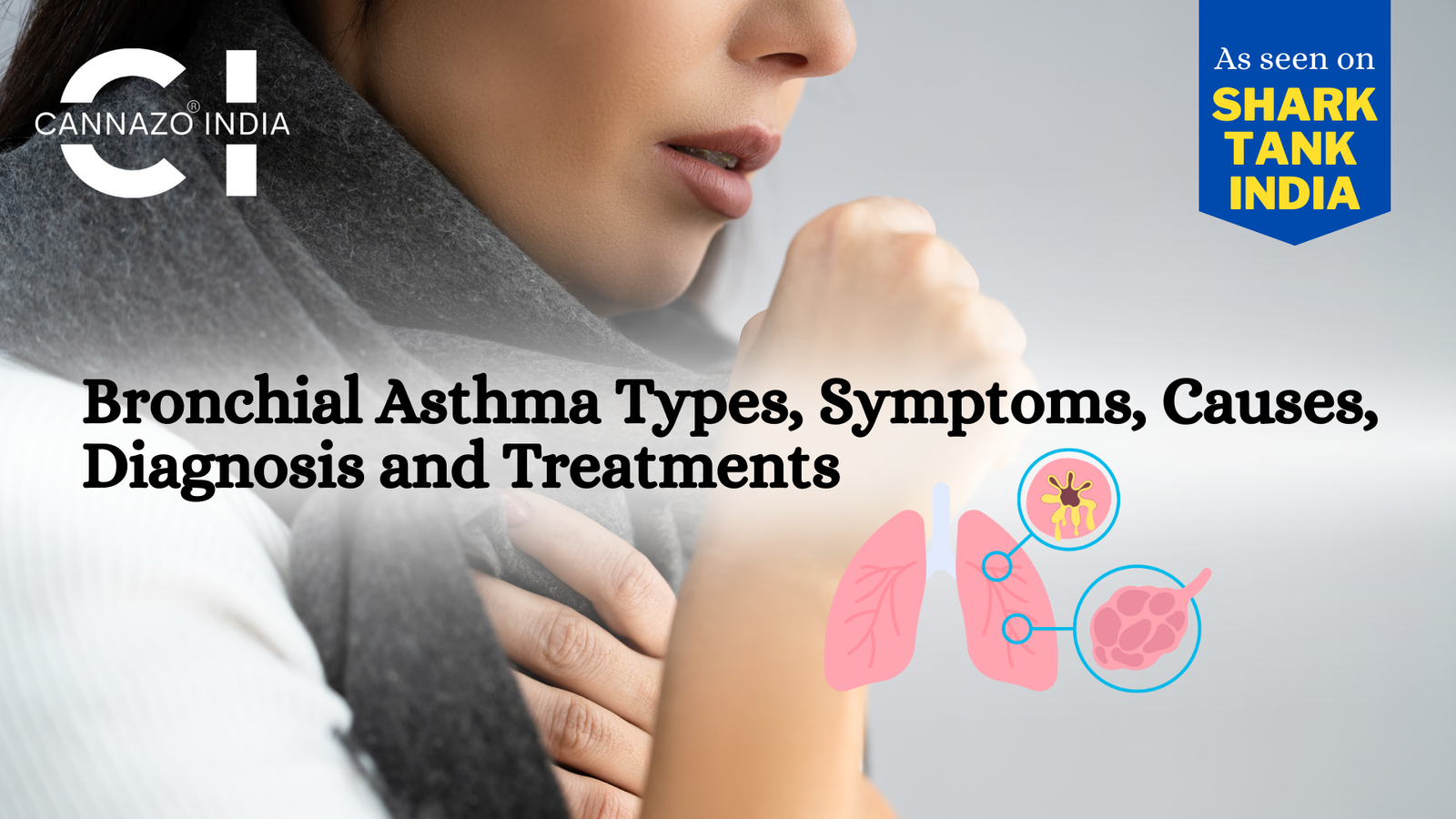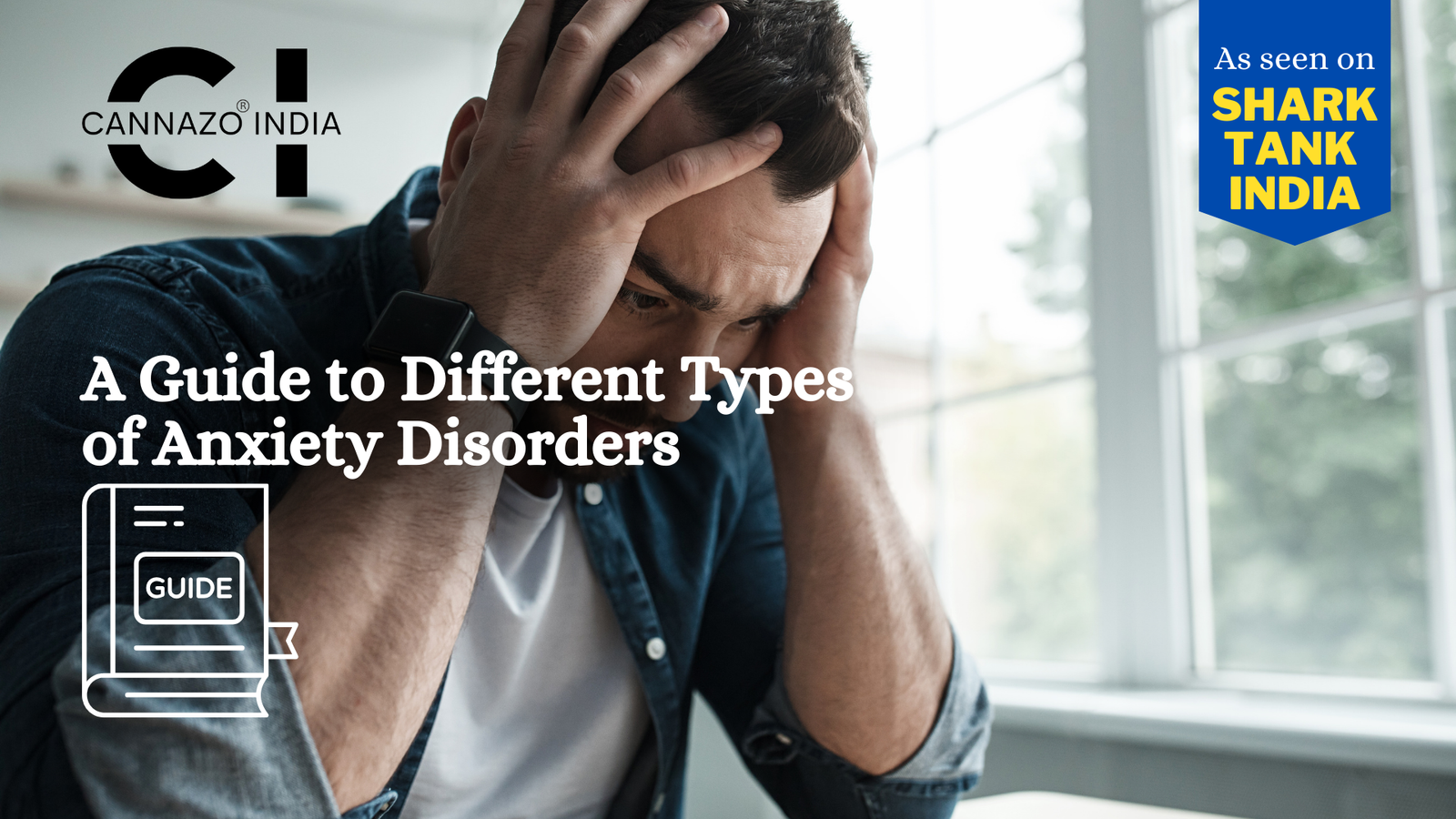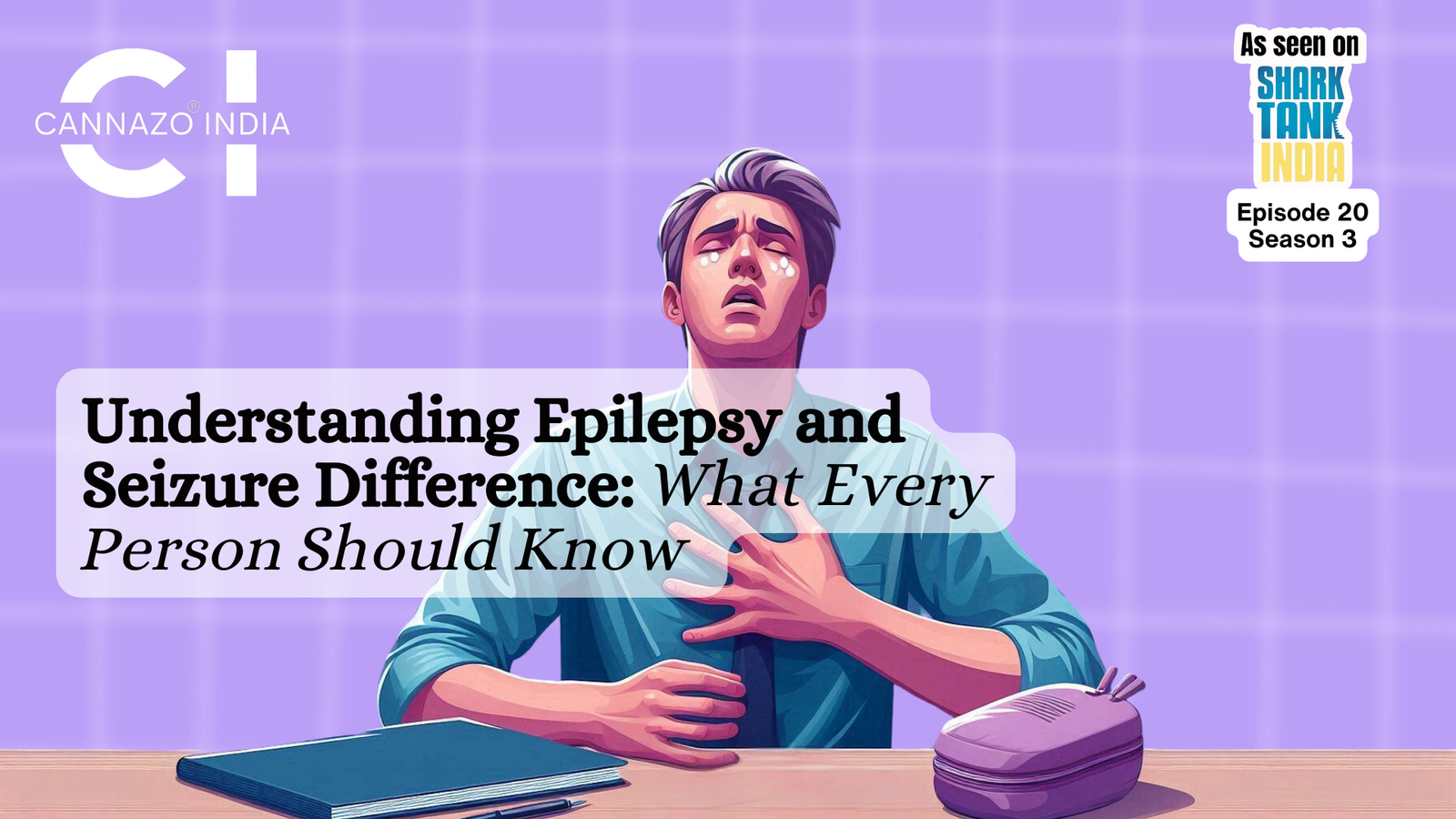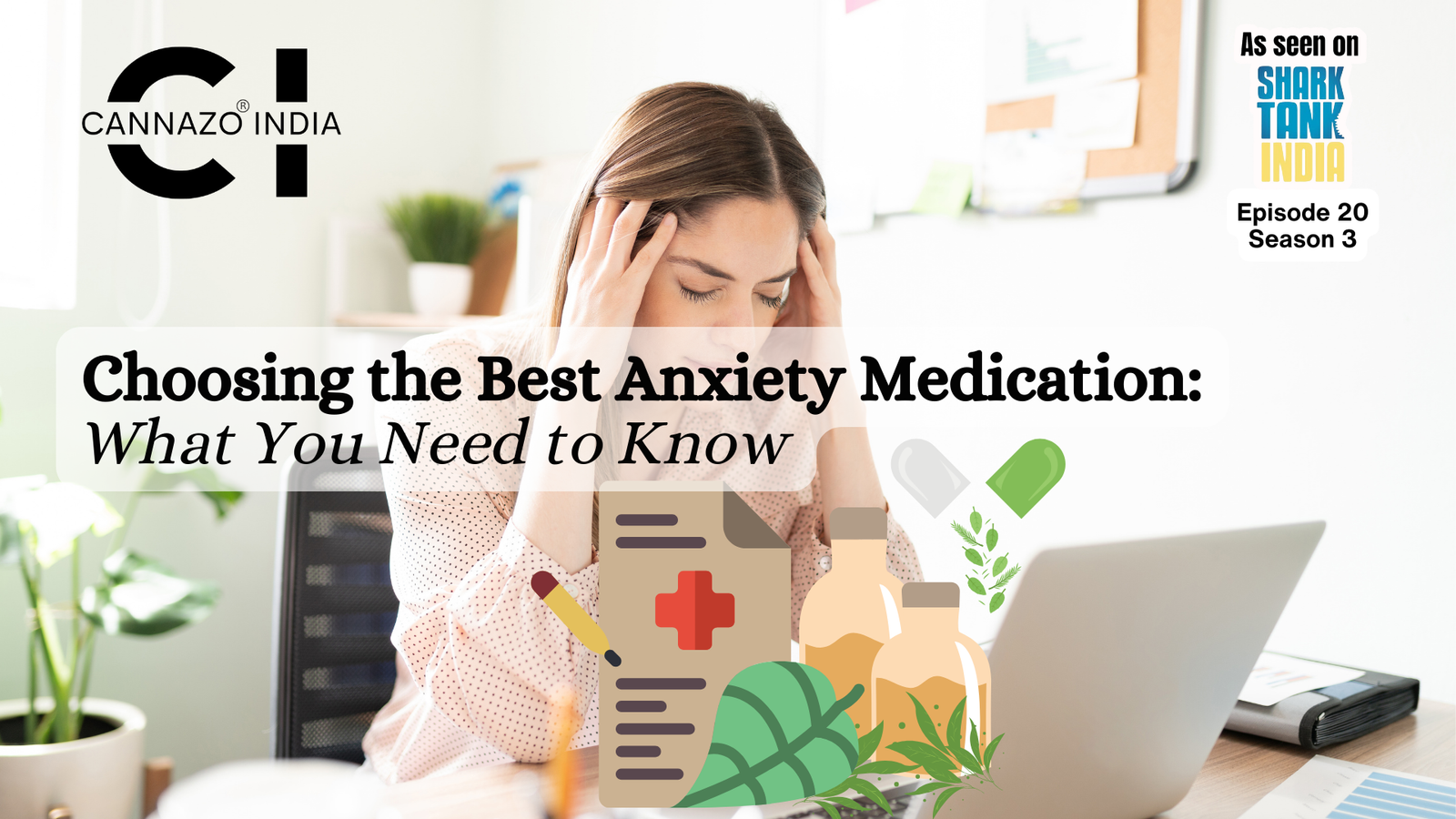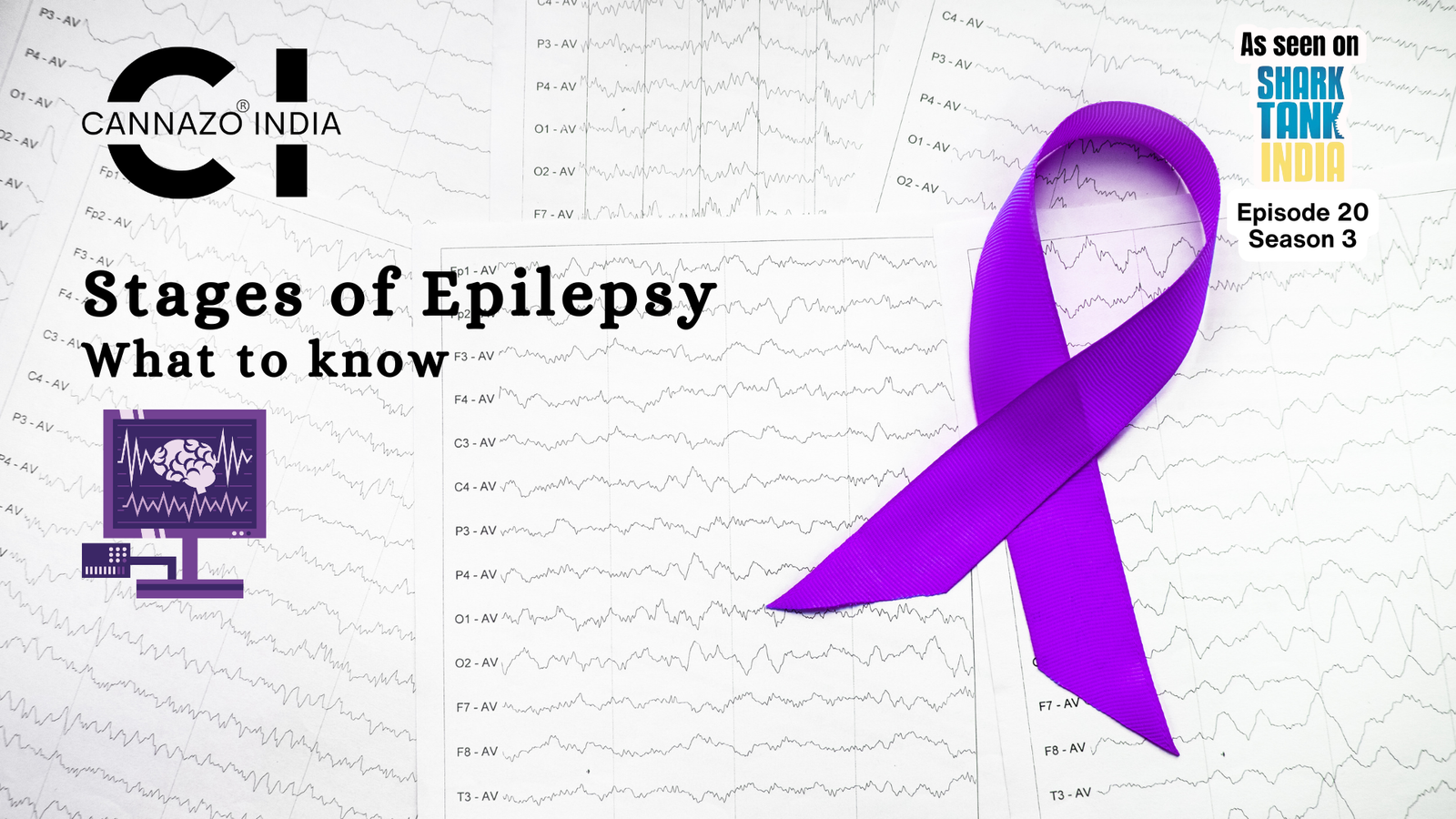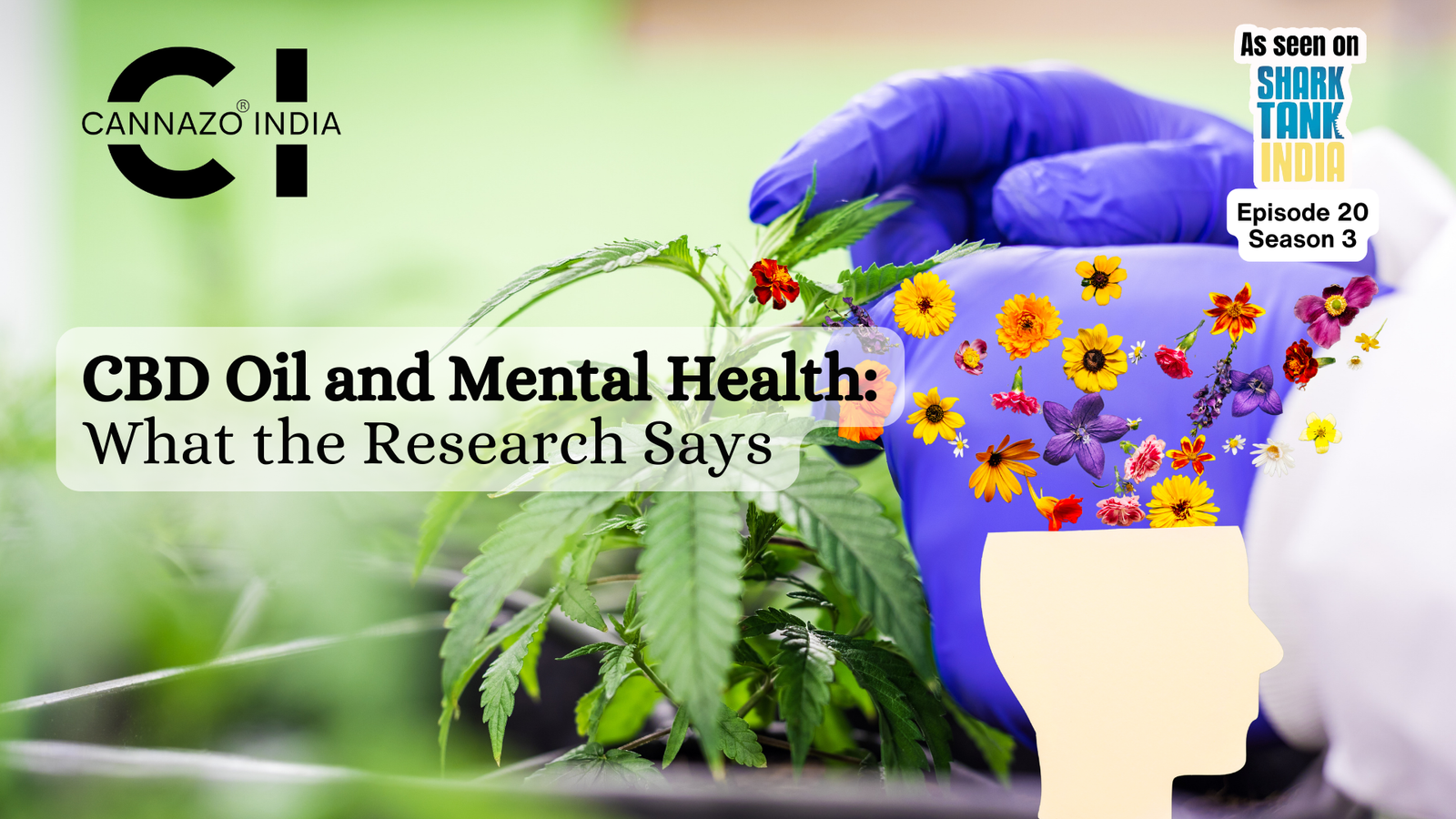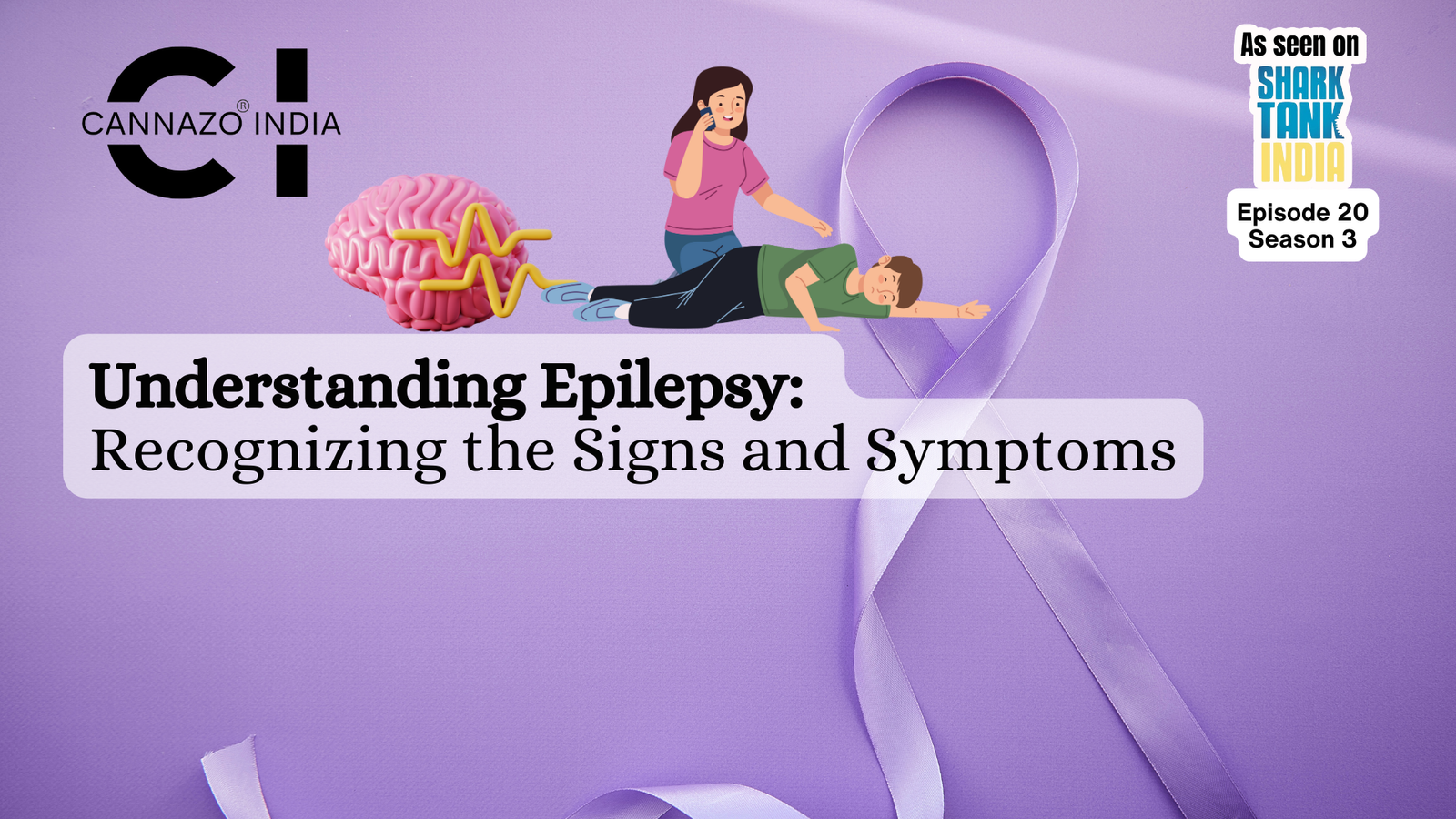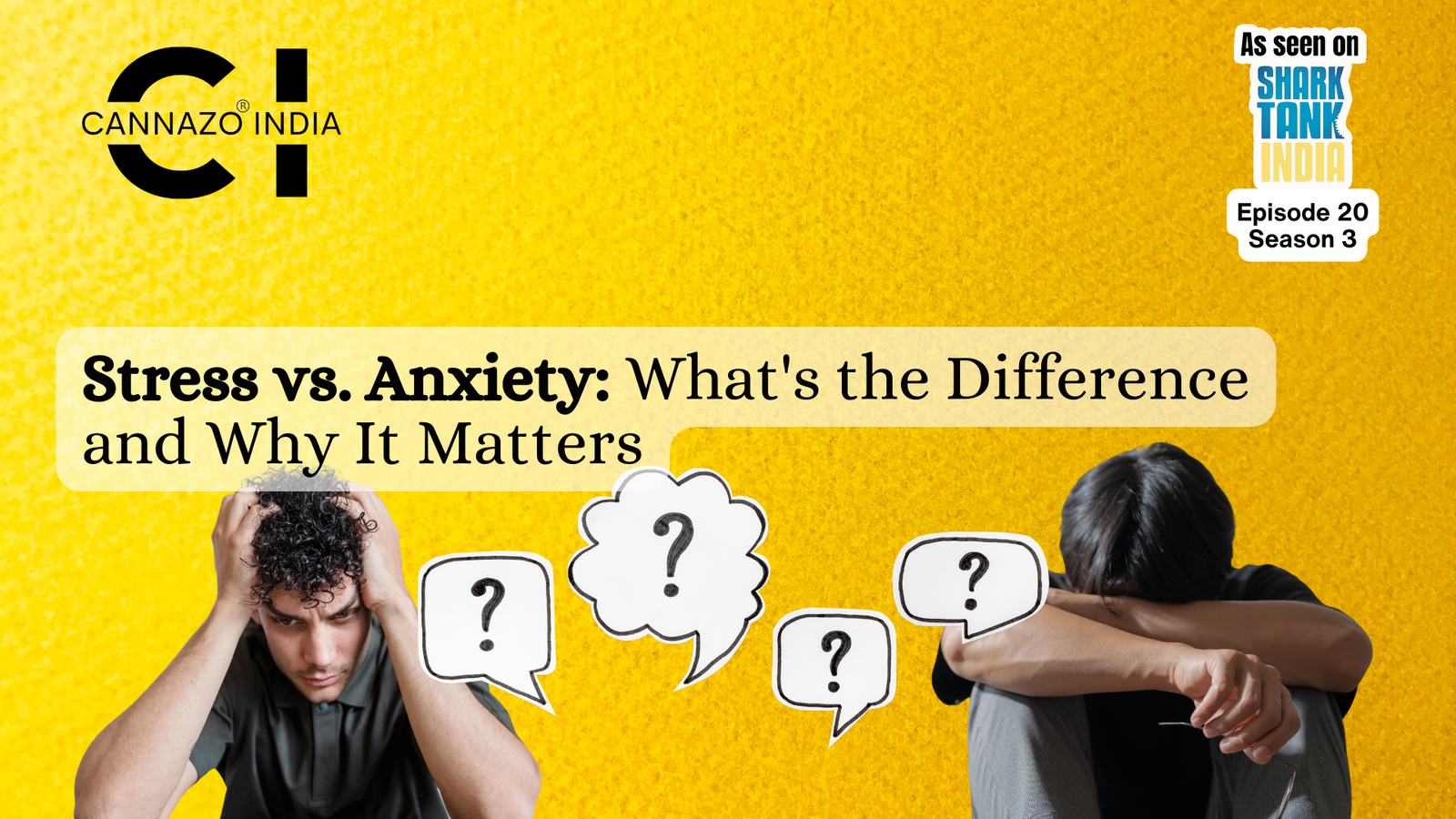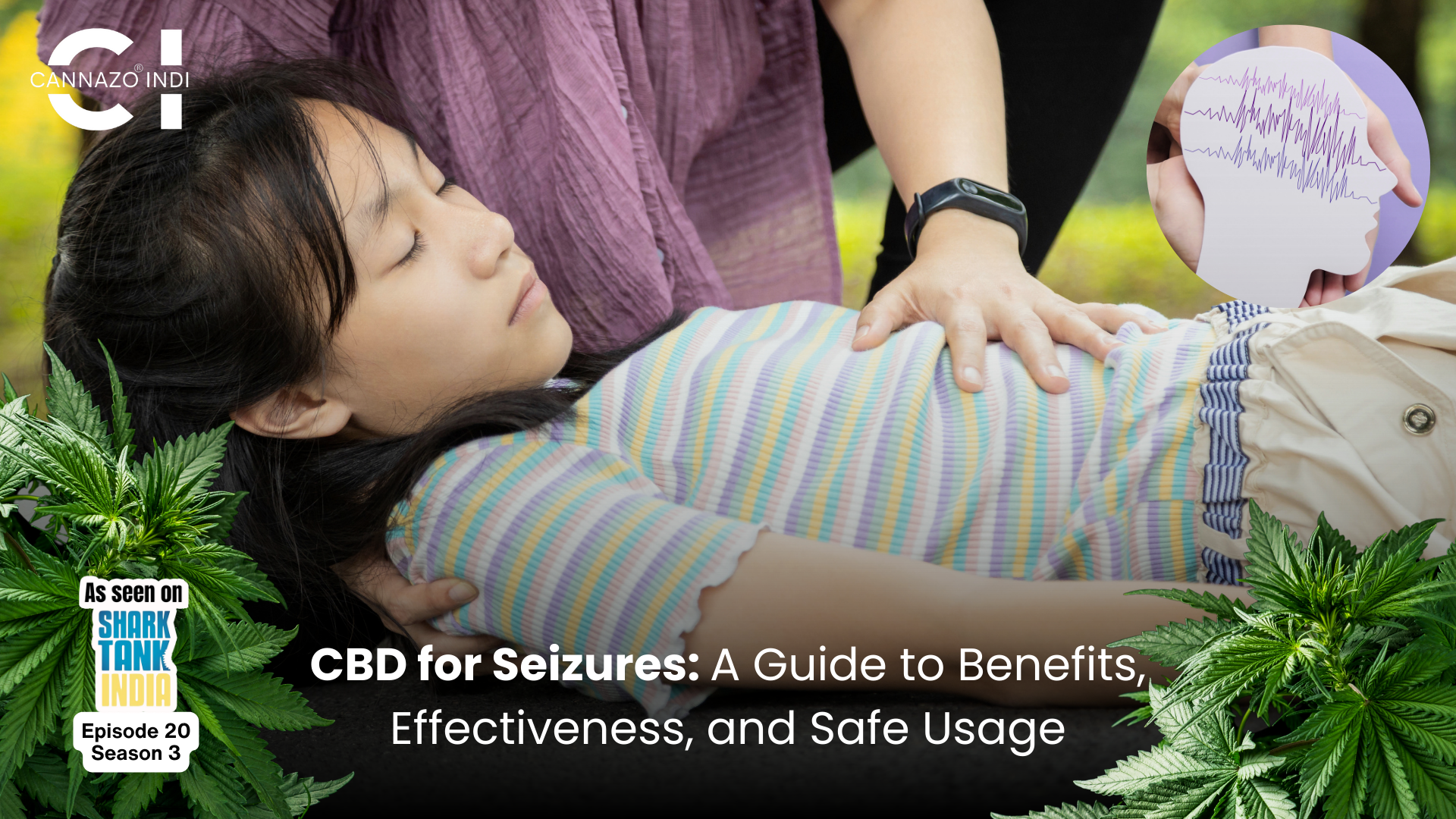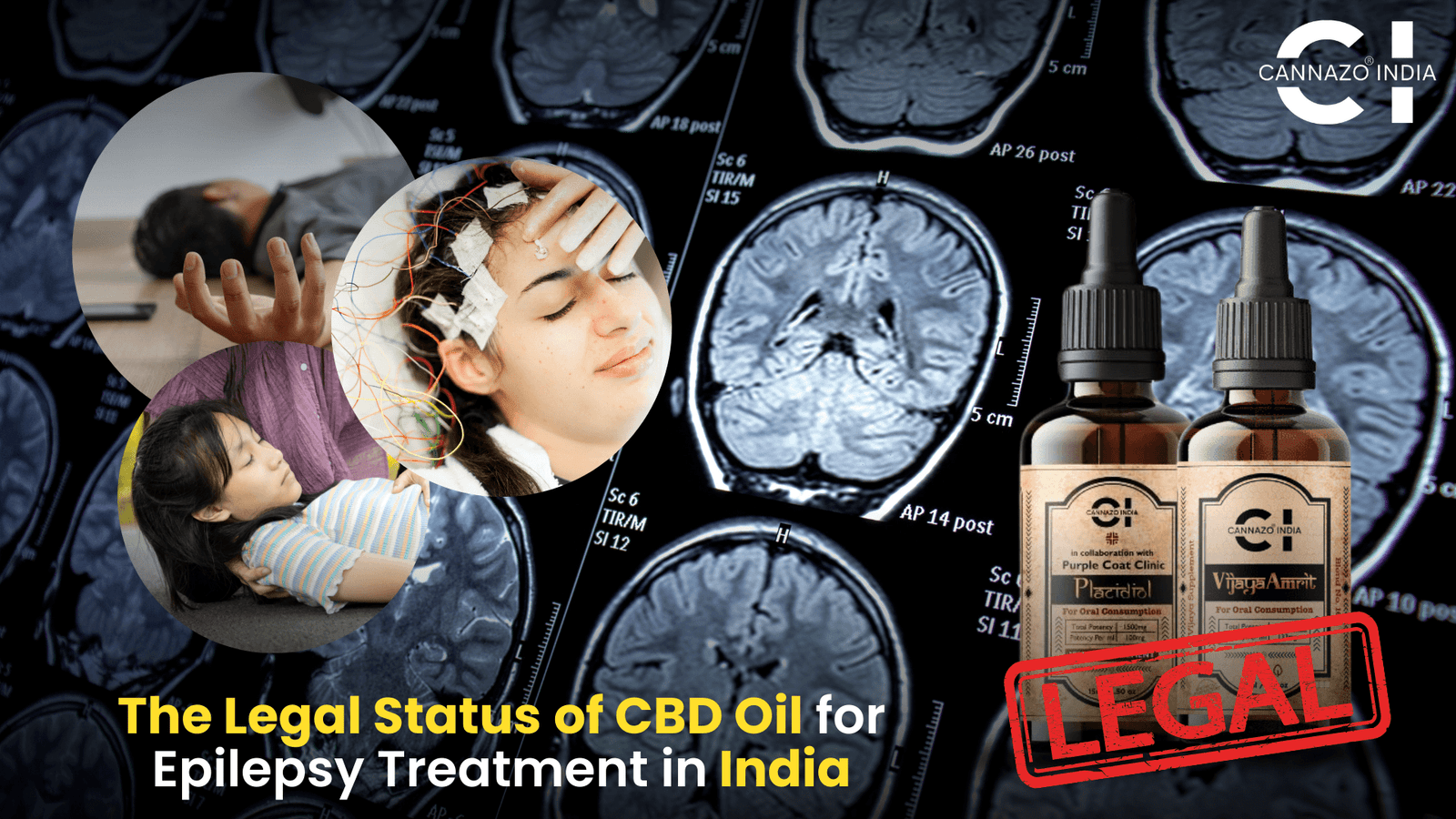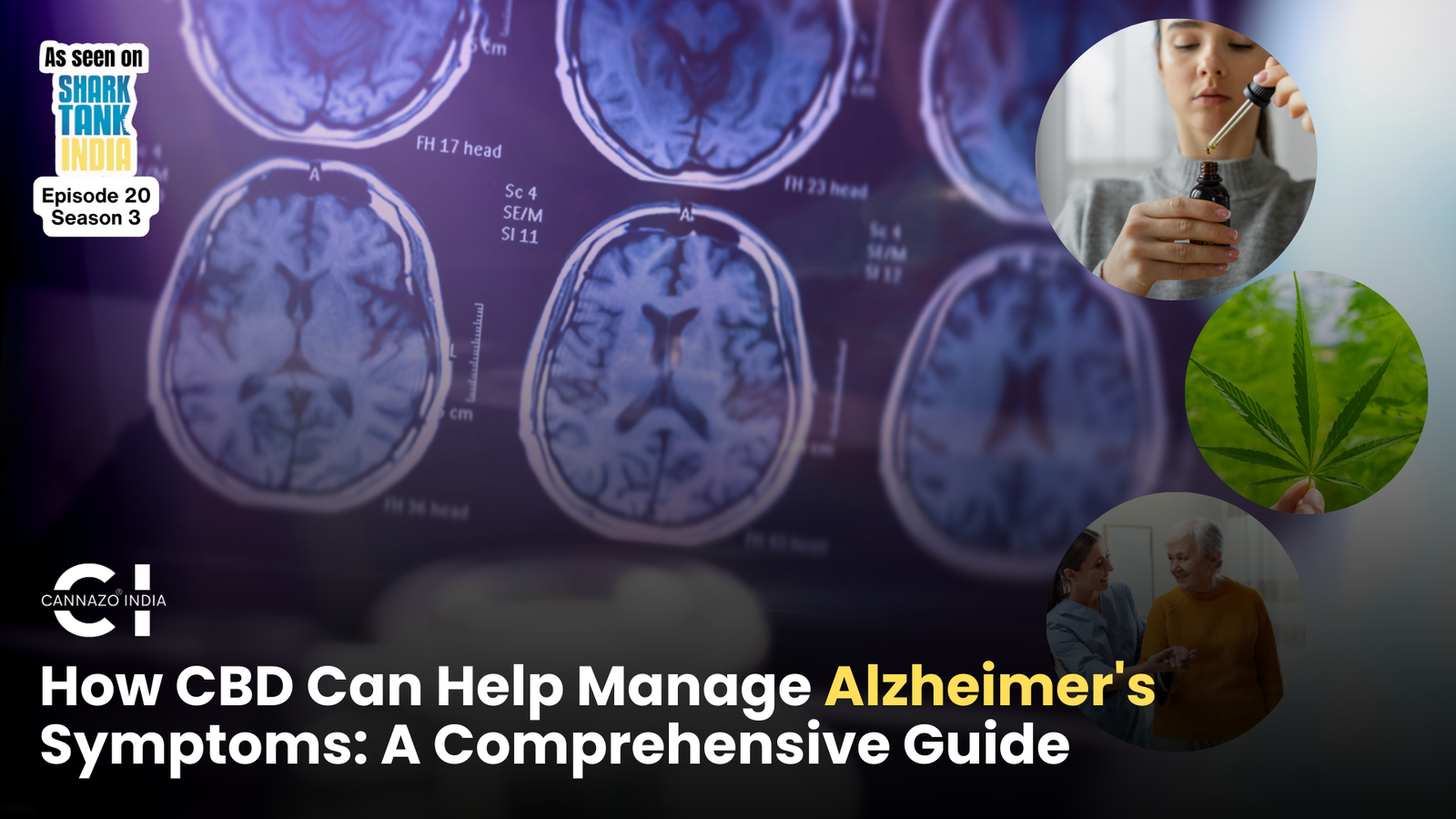A common chronic illness that affects millions of people globally is type 2 diabetes. It appears when the pancreas is unable to generate enough insulin to keep blood glucose levels within normal ranges, or when the body develops an immunity to insulin. For this condition to not worsen and to enhance quality of life, early diagnosis and treatment are essential. This post will discuss type 2 diabetes’s early warning indicators and symptoms, offering crucial details that may enable readers to identify the illness early on. Recognizing these symptoms is essential to managing your health in a proactive manner and possibly even reversing the effects before they worsen.
Understanding Type 2 Diabetes
Insulin resistance—the body’s ineffective use of insulin—is a chronic disease associated with type 2 diabetes. Although it usually affects adults, younger people are being diagnosed with it more frequently as a result of changing lifestyle circumstances and rising obesity rates. The illness is characterized by a gradual reduction in insulin secretion, which is frequently made worse by a sedentary lifestyle. Controlling blood sugar levels and avoiding problems need early management with medication and lifestyle modifications.
Early Stage Signs And Symptoms
Increased thirst and frequent urination: When blood sugar levels rise too high, fluid from the tissues is drawn out, which makes you drink more and urinate more frequently.
- Intense hunger: Insulin resistance can impede the absorption of sugar by your cells, leading to a surge in appetite.
- Weight loss: The inability to properly metabolize glucose may cause you to lose weight even though you eat more than normal to satisfy your hunger.
- Fatigue: You may experience unusual levels of fatigue and irritability due to your cells’ lack of sugar.
- Blurred vision: Elevated blood sugar levels might cause your eyes’ lenses to expand, which will impair your ability to focus.
- Infections and slow-healing wounds: Type 2 diabetes impairs your body’s capacity to recover from and fend against infections, especially skin-related ones.
- Darkened skin patches: A disorder known as acanthosis nigricans causes some patients with Type 2 diabetes to have dark, velvety skin patches in the creases and folds of their body.
Signs In Blood Sugar Levels
The glycated hemoglobin (A1C) test is most commonly used to identify type 2 diabetes. This blood test measures your average level of blood sugar during the previous two to three months. The findings are analyzed as follows:
- Below 5.7% is considered normal.
- Prediabetes is diagnosed in between 5.7% and 6.4% of people.
- A score of 6.5% or above on two different tests shows diabetes.
Risk Factors
- Family history of diabetes: If a person’s sibling or parent has type 2 diabetes, their own risk of developing the disease rises.
- Weight: A major risk factor is being obese or overweight
- Physical inactivity: Physical activity aids in weight management, uses glucose as energy, and renders cells more insulin sensitive.
- Age: The chance of developing type 2 diabetes rises with age, particularly after age 35.
- High blood pressure
- Abnormal cholesterol levels: Low concentrations of high-density lipoprotein (HDL) cholesterol, or the “good” cholesterol, and elevated triglyceride levels are linked to an increased risk.
- History of gestational diabetes
- Polycystic ovary syndrome (PCOS)
When To Consult A Doctor
It’s critical to get medical attention right away if you exhibit any of the type 2 diabetes early warning signs or symptoms. It’s also critical to consult a doctor if you have any diabetes risk factors or if you have concerns about your blood sugar levels.
In order to diagnose diabetes and offer advice on how to properly manage the illness, your doctor can perform the necessary tests. Early identification and treatment can greatly enhance results and lower the chance of health problems associated with type 2 diabetes.
As with any medication or supplement, individuals with risk of diabetes should consult with their healthcare provider. Incorporating CBD oil into their routine can also help manage the risk of getting diabetes.
Get in touch with us at +91 9910556650 or book your consultation using https://cannazoindia.com/doctor-consultation/
Conclusion
Early detection of type 2 diabetes warning signs and symptoms is essential for prompt intervention and successful disease treatment. People may manage their health and reduce the dangers connected with diabetes by being aware of these indicators and obtaining medical assistance as soon as possible. To guarantee the best possible health and quality of life, it’s critical to prioritize routine health screenings, lead a healthy lifestyle, and follow any treatment recommendations made by medical specialists.
References
- Galan, N., RN. (2024, January 25). What are the early signs of type 2 diabetes? https://www.medicalnewstoday.com/articles/323185#faq
- Type 2 diabetes – Diagnosis and treatment – Mayo Clinic. https://www.mayoclinic.org/diseases-conditions/type-2-diabetes/diagnosis-treatment/drc-20351199. Published March 14, 2023.
- Goyal R, Singhal M, Jialal I. Type 2 Diabetes. [Updated 2023 Jun 23]. In: StatPearls [Internet]. Treasure Island (FL): StatPearls Publishing; 2024 Jan-. Available from: https://www.ncbi.nlm.nih.gov/books/NBK513253/





